Notable Knuckleballers
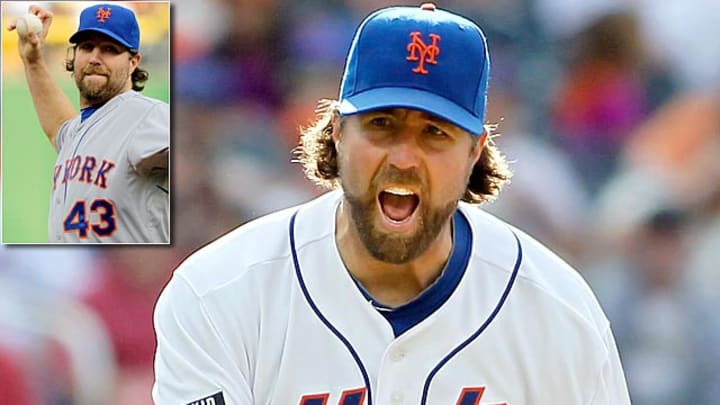
Notable Knuckleballers
R.A. Dickey

Using baseball writer Rob Neyer's definition, this gallery includes any pitcher "who would not have been in the majors without his knuckleball, or whose knuckleball was considered his best pitch, at least for a time." R.A. Dickey, the majors' only active knuckleball pitcher, became the first knuckleballer to win a Cy Young. Dickey's career has completely transformed since he joined the New York Mets, a distinction owned by few players. Before joining the Mets in 2010, Dickey operated primarily as a spot starter and frequently bounced between Triple A and the majors, with modest single-season MLB highs for wins (nine), ERA (4.62) and WHIP (1.48). Since joining the Mets, he has set career highs in all of those categories. In 2012, Dickey won 20 games (five of them complete, three of them shutouts) with a 2.73 ERA, 1.05 WHIP, and 230 strikeouts. From May 27 through June 18, Dickey allowed no earned runs over five starts, and through 54.2 innings pitched he struck out 71 batters with just six walks.
Tim Wakefield

Initially a floundering first baseman in the Pittsburgh Pirates organization, Tim Wakefield resurrected his career by developing a knuckleball. As a rookie, he went 8-1 with a 2.15 ERA for the NL East-winning Pirates in 1992 and three years later he moved to the Red Sox, where he remained for the next 17 years of his career. Though he made only one All-Star team in his 19 seasons, Wakefield was known for his consistency and his willingness to pitch out of the bullpen even though he was a reliable starter. Wakefield started at least 30 games seven different times in his career with the Red Sox and, after several tries, earned his 200 th win in 2011. It proved to be the last of his career. He finished with a 200-180 record and a 4.41 ERA.
Tom Candiotti

"The Candy Man" was one of baseball’s most recognizable knuckleballers throughout the 1980s and '90s. Candiotti played for five teams in his career, breaking in with the Brewers but logging 13 of his 16 seasons with the Indians and Dodgers. With exceptional control of his knuckler, Candiotti posted a 3.62 ERA in four and a half seasons in Cleveland. After a brief stint with the Blue Jays in the second half of the ’91 season, Candiotti moved to Los Angeles, where he had a similarly impressive ERA of 3.57 from 1992 to '97, though he only managed one winning season. Candiotti’s effectiveness markedly diminished after he left L.A. in 1997 and he would retire in 1999.
Charlie Hough

Like Tim Wakefield, Charlie Hough’s fortunes were reversed when he learned to throw a knuckleball in the minor leagues. The knuckler helped him last 25 seasons in the majors as a pitcher and four more as a pitching coach. A reliever for the beginning of his career and a starter for the rest of it, Hough became famous for his "dancing knuckler," which helped him onto the 1986 AL All-Star team, his only selection to the Midsummer Classic. Hough led all pitchers with 17 complete games in 1984 and ranks 82 nd all-time in career wins with 216, tied with Wilbur Cooper and Curt Schilling. He also lost 216 career games and finished with a 3.75 ERA.
Joe Niekro

The less accomplished of the knuckleballing Niekro brothers, Joe Niekro still led the National League in wins in 1979 and won a World Series with the Twins in 1987. Over 22 seasons in the majors, Niekro enjoyed two particularly strong campaigns with the Houston Astros in 1979 and 1980. In 1979, Niekro’s 21 wins led the league and helped him finish second in the Cy Young voting; he won 20 the next year and finished fourth. Niekro was notoriously caught with a nail file in the dugout in 1987, which earned him a suspension and a highlight on several blooper reels. He died of a brain aneurysm in 2006.
Phil Niekro
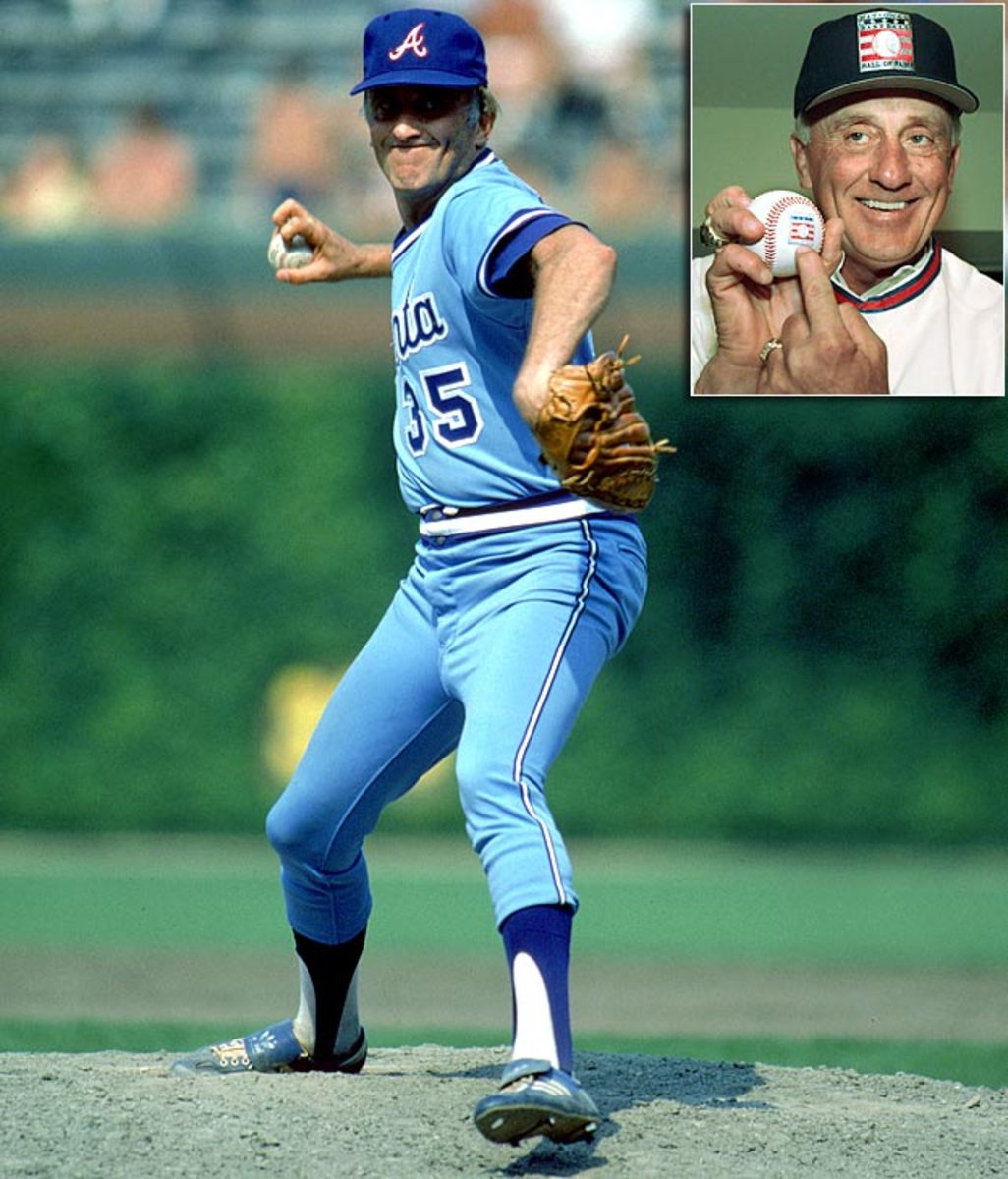
Feared by opposing hitters and beloved in Atlanta, Phil Niekro was elected to the Hall of Fame in 1997 and leads all knuckleball pitchers with 318 career wins. Niekro pitched 21 of his 24 seasons for the Milwaukee/Atlanta Braves, and in that time led the National League in innings pitched and complete games four times, wins twice and ERA once. Niekro’s knuckleball attained somewhat of a mythical reputation, prompting Bobby Murcer to claim that hitting the pitch was "like eating Jell-O with chopsticks" and Pete Rose to state that "trying to hit that pitch is a miserable way to make a living."
Wilbur Wood
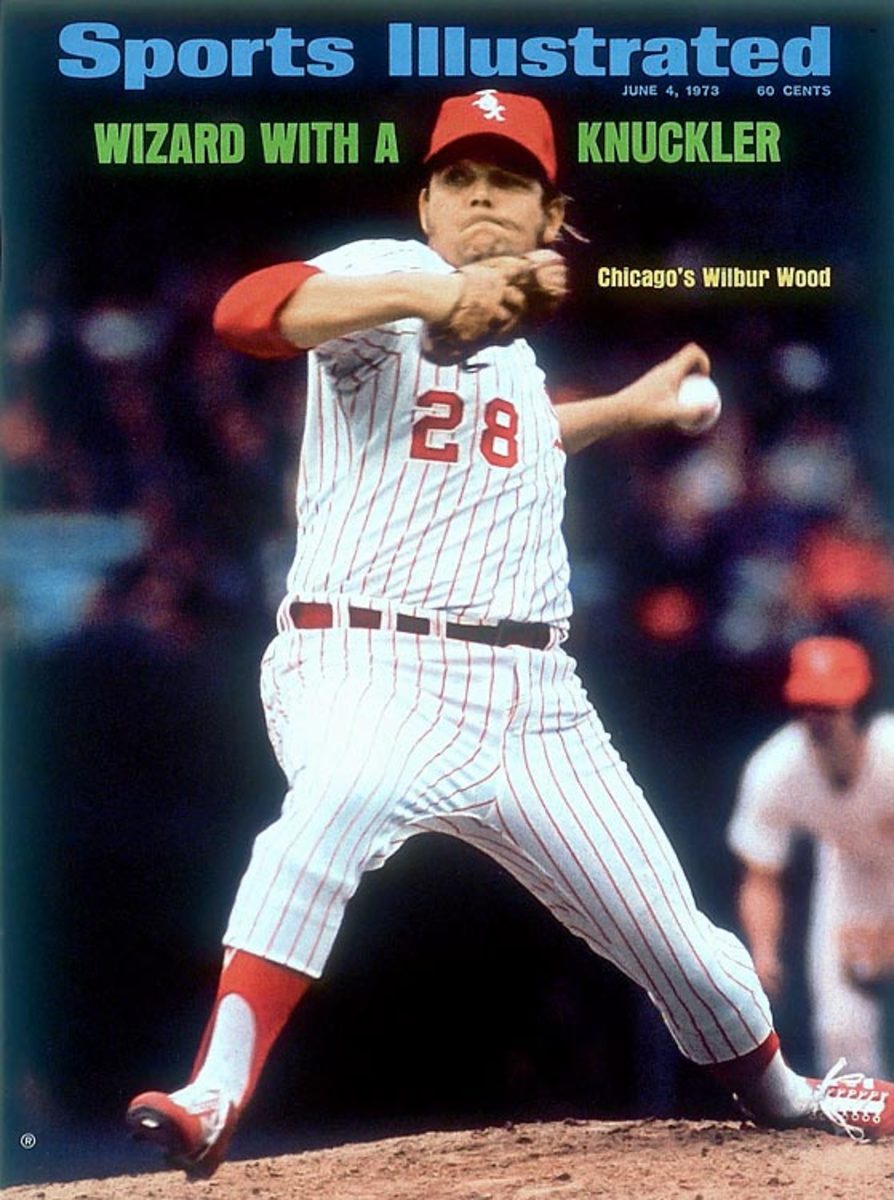
A three-time All-Star for the Chicago White Sox, Wilbur Wood led the American League with 24 wins in both 1971 and 1972, though he never won a Cy Young award. After placing third in 1971 behind Vida Blue and Mickey Lolich, Wood narrowly lost in 1972 to renowned spitballer Gaylord Perry, who eked out the win by six points. Wood started both games of a doubleheader for the White Sox in 1973 (losing both) and infamously hit three consecutive batters in the first inning of a game against the California Angels. He finished with a 164-156 record in 17 seasons, 12 with the White Sox, before retiring after the 1978 season.
Hoyt Wilhelm
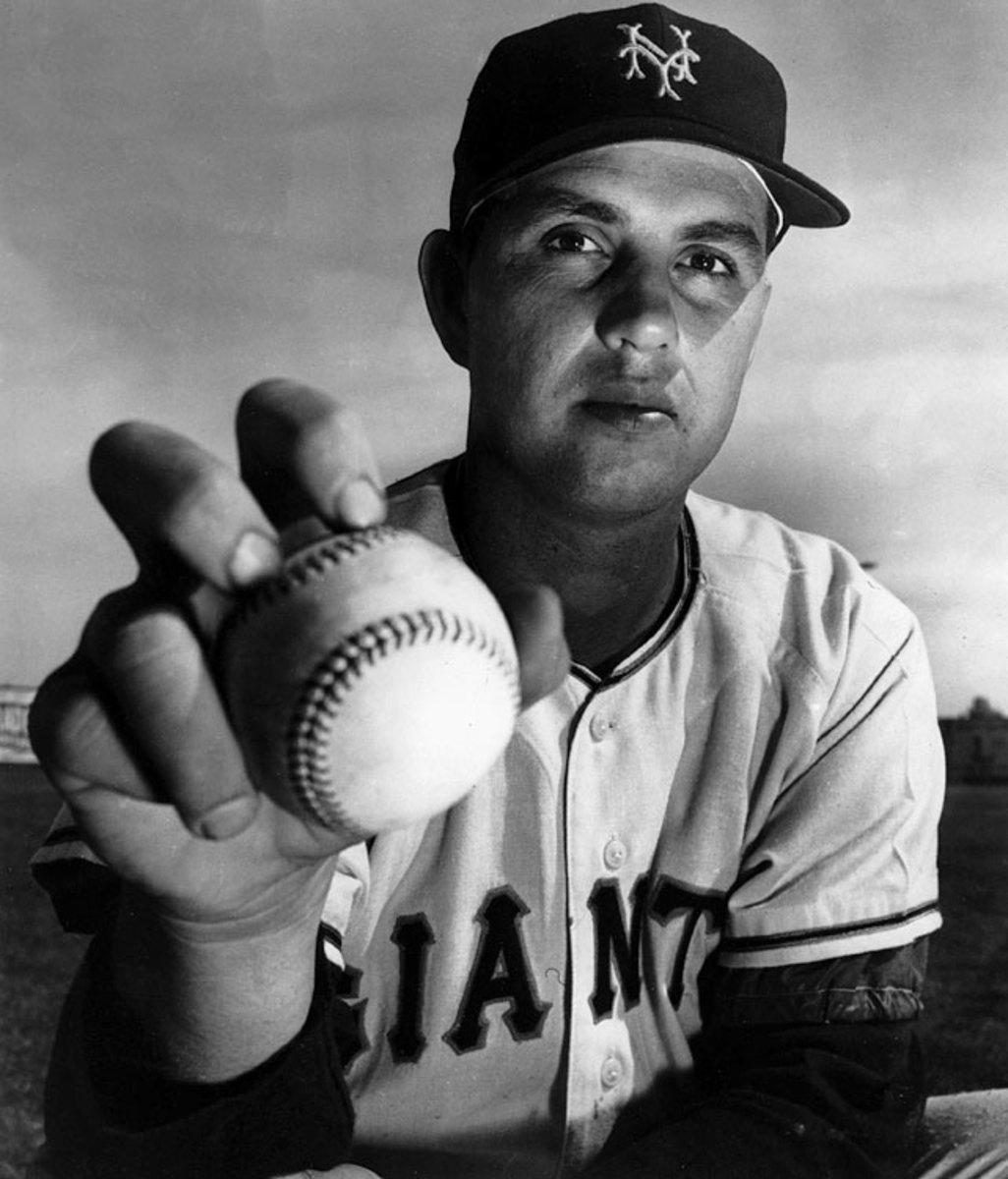
Perhaps the most famous of all the knuckleballers, Hoyt Wilhelm established his legacy as a closer. A five-time All-Star and 1985 Hall of Fame inductee, Wilhelm won 143 games and saved 227 during his 21 seasons with 10 teams, including the 1954 World Series champion New York Giants. In 1959, while with the Orioles, he led the majors with a 2.21 ERA and pitched 10 innings of relief in a single game.
Bob Purkey
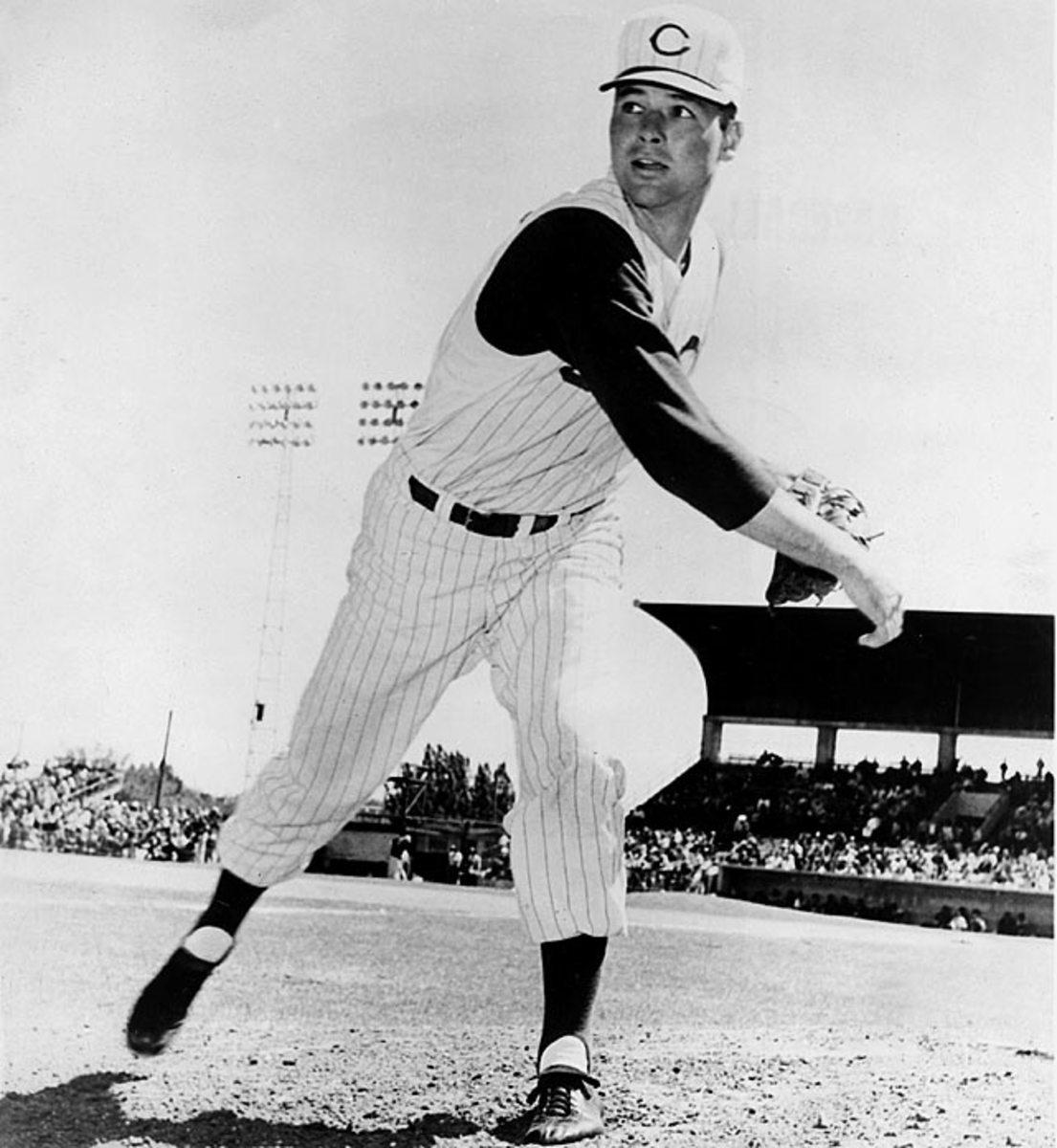
A three-time All-Star for the Cincinnati Reds, Bob Purkey's knuckler anchored his spectacular 1962 campaign, where went 23-5 and finished third in Cy Young voting. After his standout 1962 season, however, Purkey's career numbers slipped precipitously and he would compile only 27 wins over the next four seasons. Purkey retired in 1966 and was elected to the Reds' Hall-of-Fame in 1974.
Ted Lyons
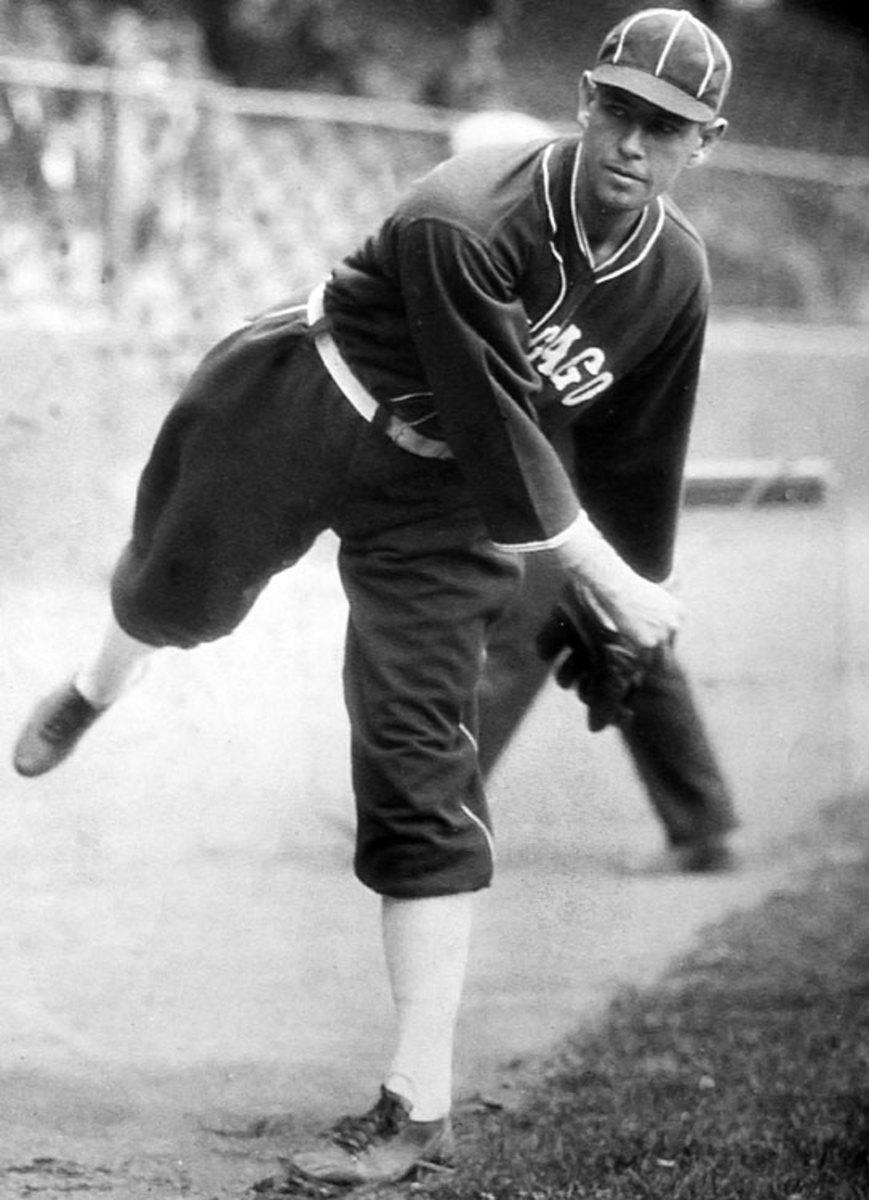
Elected to the Hall of Fame in 1955, Ted Lyons pitched 21 seasons for the Chicago White Sox and twice led the American League in wins. "Sunday Teddy" managed the White Sox from 1946 to '48 and served as the pitching coach for both the Detroit Tigers and Brooklyn Dodgers before leaving baseball in 1954. In 1926, Lyons threw a no-hitter against the Boston Red Sox that took only 67 minutes. Lyons had his number 16 retired by the White Sox in 1987.
Jesse Haines
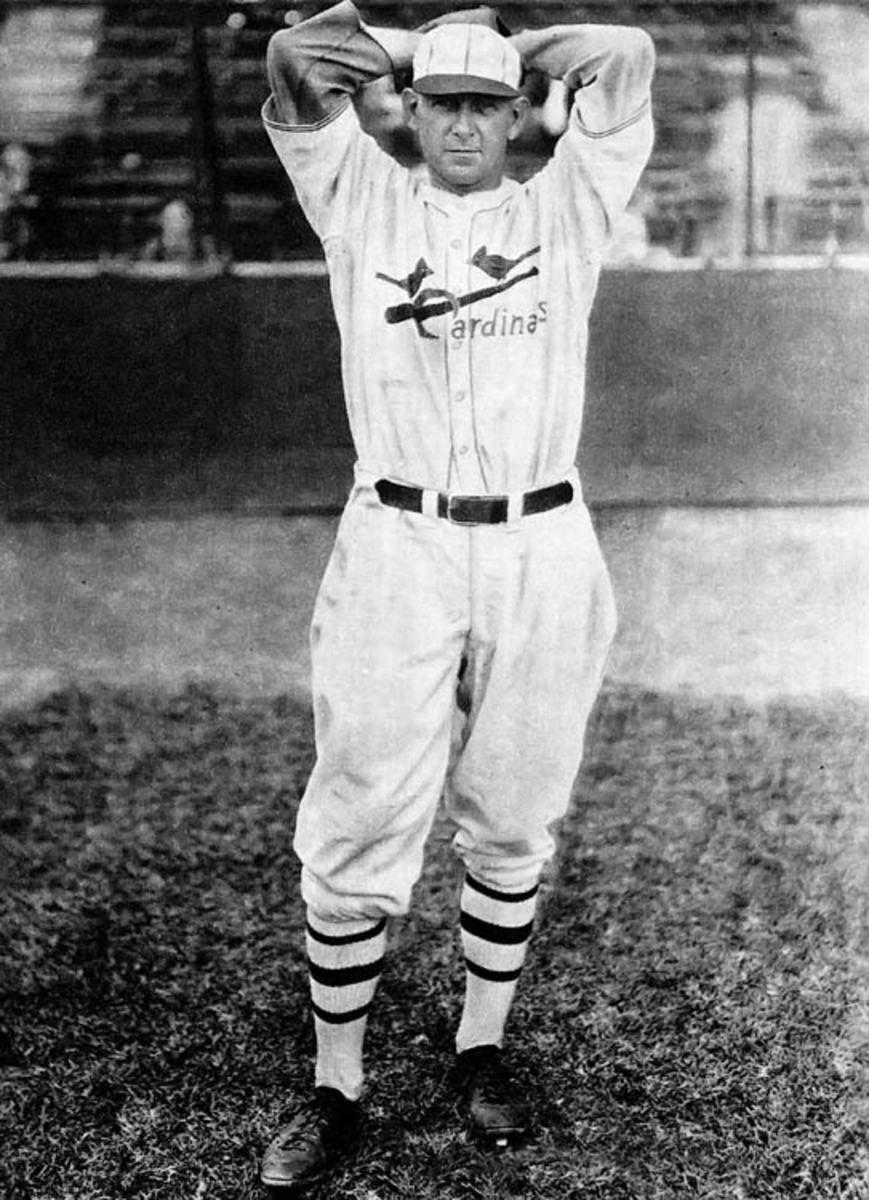
Considered by some to be the worst player in the Hall of Fame, Jesse Haines was a fixture in the St. Louis Cardinals rotation from 1920 to '37. A winner of three World Series championships with the Cardinals, Haines won 20 games three times in his career and no-hit the Boston Braves in 1924. Haines led the majors in complete games and shutouts in 1927, the best season of his career, but his numbers – 210-158, 3.64 ERA in 19 seasons -- are otherwise unremarkable for a player in Cooperstown.
Eddie Cicotte

"Knuckles" was one of the first known knuckleball specialists in major league history, but he remains better known as one of the eight players banned for life after fixing the 1919 World Series. Ciccote was remarkably effective in his nine seasons with the White Sox, leading the American League in wins and ERA in 1917.
